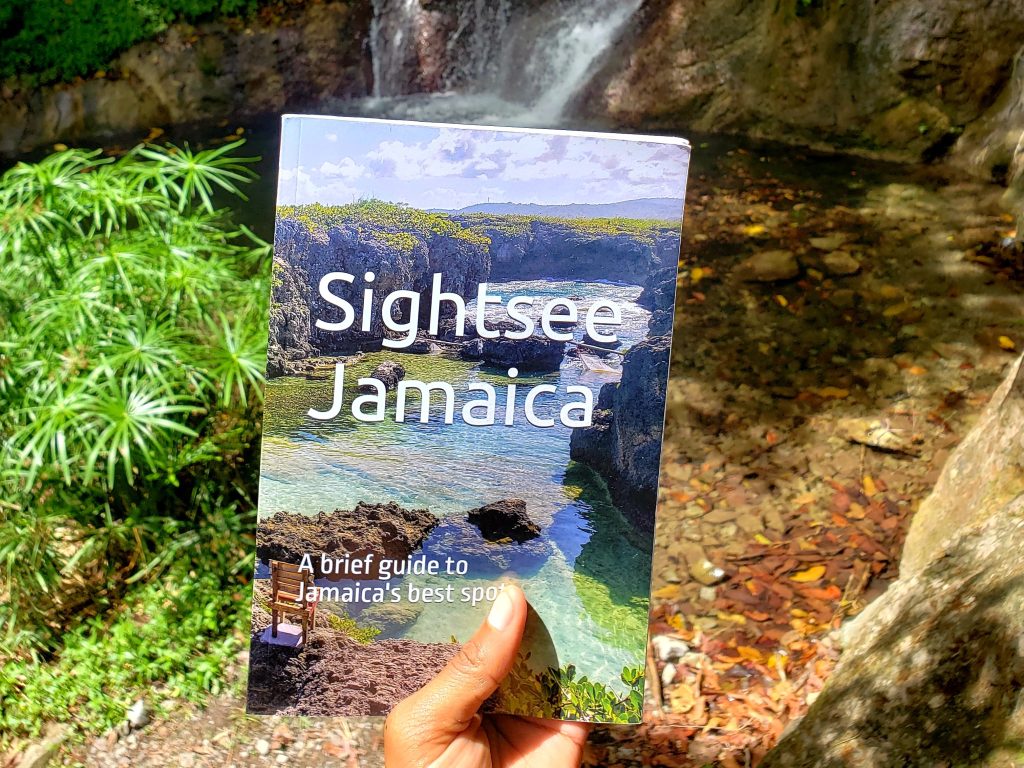While Jamaica is renowned for its captivating culture, stunning landscapes, and influential contributions to music and sports, the island is often subject to a myriad of stereotypes that fail to capture its true essence. These stereotypes can be both limiting and misleading, distorting the rich diversity and complexity of Jamaican society. In this article, we debunk four more common Jamaican stereotypes. If you missed part one, read it here.
Before we get started, subscribe for new articles every Friday! It’s free!
Also, learn more about Jamaica with my books on Amazon.

1. “You Don’t Look Jamaican.”
 Stock Photo
Stock PhotoOne of the most unfounded stereotypes about Jamaicans is the belief that we all look the same. While the majority of Jamaicans are of African descent, there are sizable populations of East Indian, Chinese, European, Middle Eastern, and mixed-race individuals on the island. This diversity is a result of Jamaica’s complex history which includes European colonization, the transatlantic African slave trade, indentured Asian labour, and various waves of migration. As such, it isn’t unusual to see and hear a Caucasian or Asian individual in Jamaica with a thick Jamaican accent. The Jamaican motto, “Out of Many, One People,” aptly encapsulates this diversity. It reflects a society where people of different backgrounds coexist and contribute to the national identity, so don’t invalidate non-Black or mixed race Jamaicans with the statement “you don’t look Jamaican!”
2. “All Jamaicans Have Locks.”

Another common stereotype is that all Jamaicans have locks, also referred to as dreadlocks. This misconception is largely influenced by the global popularity of reggae music and Rastafarian culture, both of which are closely associated with locks. While it is true that many Rastafarians wear their hair in locks as a spiritual practice, it is far from a universal trait among Jamaicans. In reality, the hairstyles of Jamaicans are as diverse as the people themselves. Many Jamaicans sport a wide variety of hairstyles, including braids, cornrows, twists, afros, wigs and straightened hair, among others. The assumption that all Jamaicans have locks reduces the complexity of individual expression and overlooks the rich variety of Jamaican hairstyling traditions, many of which reflect the island’s strong West African ties. I’m a huge fan of the styling diversity of Afro-textured hair.
3. “Jamaicans Speak Broken English.”
 Statue of Louise Bennett-Coverley, Jamaican folklorist & activist
Statue of Louise Bennett-Coverley, Jamaican folklorist & activistThe stereotype that Jamaicans speak “broken English” is another common misconception that undermines the linguistic richness of the island. Jamaican Patois, also known as Jamaican Creole, is often mistakenly referred to as broken English. In fact, Jamaican Patois is a distinct language with its own grammatical rules, vocabulary, and syntax. It developed during the colonial period as a means of communication between enslaved Africans who spoke different native languages, and their English-speaking enslavers.
Standard English is the official language of Jamaica and is used in formal settings such as education, government, and business. However, Jamaican Patois is widely spoken in everyday life and is a vital part of the island’s cultural identity. It is a dynamic and expressive language that captures the essence of Jamaican life and creativity. Dismissing it as broken English fails to recognize its value and significance. We owe a lot to Louise Bennett-Coverley, affectionately called “Miss Lou”, for teaching us to embrace this beautiful language.
4. “All Jamaicans Are Poor.”
 Villa Cupola in Jamaica
Villa Cupola in JamaicaThe stereotype that Jamaicans are universally poor is another misconception that paints an incomplete and often negative picture of Jamaica. While it is true that Jamaica faces economic challenges, and a significant portion of the population lives in poverty, Jamaica is also home to an elite upper class, a burgeoning middle class, thriving businesses, and a growing tourism industry. Moreover, Jamaicans are known for their entrepreneurial spirit and resilience. Many Jamaicans have several degrees, several jobs, run small businesses, engage in creative industries, and contribute to the global economy in various ways. Jamaicans have found unique ways to provide for themselves in music, sports, and academia, elevating our collective standard of living. In fact, the World Bank lists Jamaica as a upper middle income country based on its gross national income per capita.
As such, many may be surprised to see the lavishness of several Jamaican homes and businesses. We have skyscrapers in New Kingston, and hundreds of local-owned luxury villas and sprawling mountain and beachfront mansions. Luxury German automobile brands like Porsche and Audi have established dealerships in Jamaica, and there have even been a few Lamborghinis spotted locally too. That being said, Jamaica is a capitalist society and has serious issues with crime, corruption and inequities of wealth. The media tends to mostly showcase this side of Jamaica too which aids in perpetuating the stereotype that all Jamaicans are poor. But, rest assured that not all Jamaicans are poor and many of us are living great lives in Jamaica.
Wrap Up
Stereotypes about Jamaicans— whether they pertain to appearance, hairstyles, language, or economic status— are often rooted in misunderstandings and oversimplifications. They fail to capture the true diversity and complexity of Jamaican society, which is shaped by a multitude of influences and experiences. By debunking these stereotypes, we can foster a more accurate and respectful understanding of Jamaica and its people. Jamaicans, like people everywhere, are individuals with unique stories, talents, and perspectives. Appreciating this diversity allows us to see Jamaica not just as a set of clichés, but as a vibrant, multifaceted nation with much to offer the world. Have you heard any of these stereotypes before or did you learn something new today? Sound off in the comments section below, and click here to read part one in case you missed it.
If you enjoyed this article, you’ll also like:
Before you go, remember to subscribe & support!
Find Elle on Facebook, Pinterest, Instagram, YouTube and Amazon.

 3 months ago
22
3 months ago
22
 English (US) ·
English (US) ·